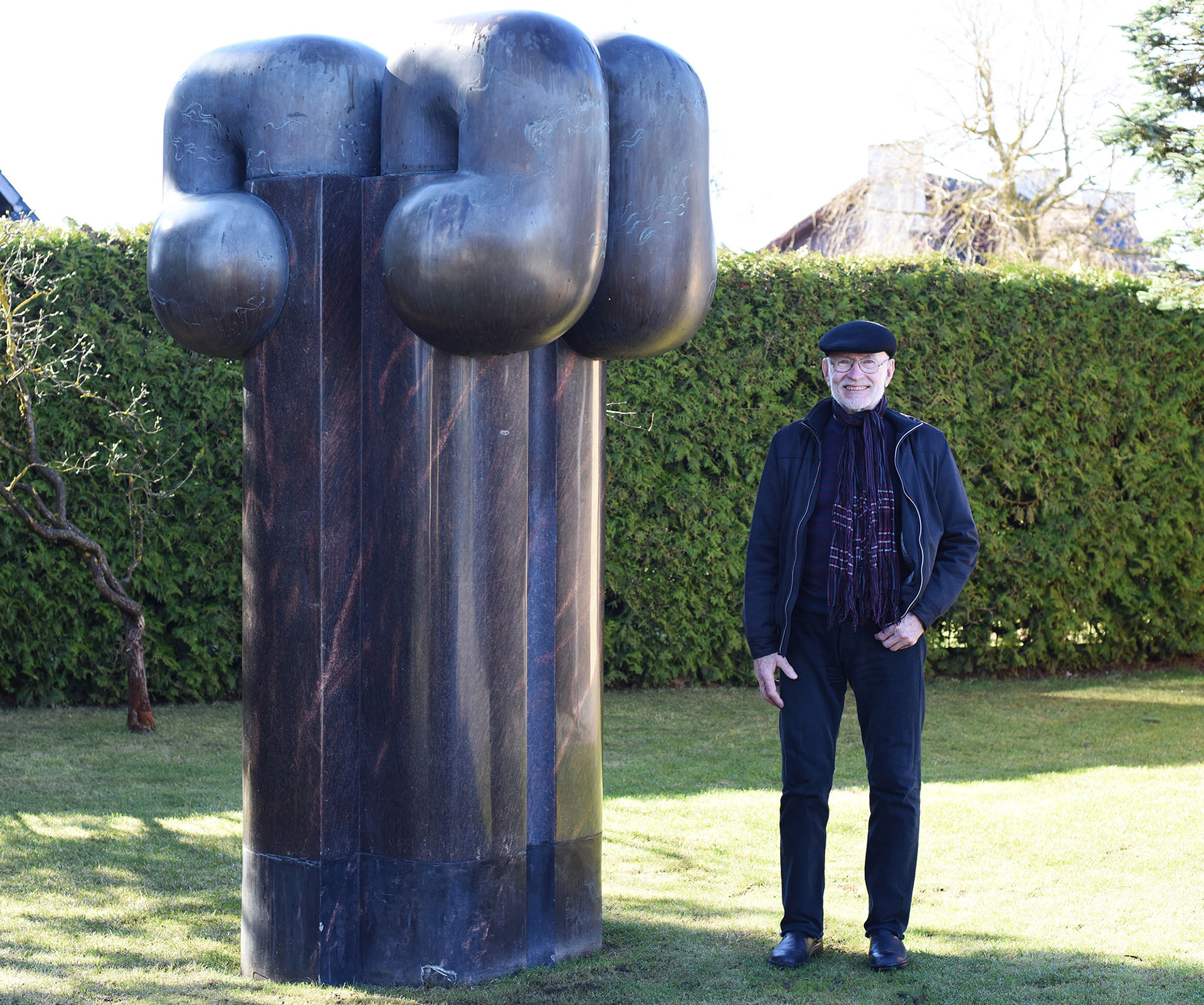Contemporary artist Aloyzas Smilingis-Elis
1938 - 2023
Aloyzas Smilingis - Elis was born in a village and had no relation to professional art in his childhood, although his artistic abilities appeared at an early age.
He discovered art at the age of seventeen and was so impressed that he decided to become an artist himself.
Elis entered Vilnius Institute of Art without any prior preparation and studied graphics.
However, he decided to quit with graphics straight after graduation, as well as he quitted with the current socialist methods. That is why he was not welcome at the exhibitions during the Soviet times and did not have so many commissions.
As his interest in painting and sculpture developed, Elis started working with granite and established a bronze foundry.
Every time when he got tired from hard physical work creating sculpture art, he took the brush in his hands and created paintings.
"Artistic ideas are more important than dependence on some workshop or faithfulness to one genre or style. I am not keen on reproducing myself. My thinking is changing and so does my art. I remain self-critical and walk on," - he said once.
After collapse of the Soviet Union, Smilingis had a chance to visit the West, got acquainted with art collections in best museums of New York, Amsterdam, London and met famous artists. This had a great effect on his aesthetical views.
Artist Aloyzas Smilingis-Elis and Willem de Kooning
Meeting Willem de Kooning was the most impressive event. His abstractions were a big discovery for Aloyzas as well as the artist's personality – simple and sincere.
Elis visited de Kooning's studio in East Hampton, NY. They were talking over the glass of wine and Elis asked him, what has the fame brought and what was it like to be the only alive artist whose work was sold for 20 million USD. This modest man replied that in fact, nothing has changed, only now he could afford better paint and good wine.
Aloyzas was sure that the value of art does not depend on the number of exhibitions, nor prestigious projects, critics or curators.
"I don't care where my art will be hanging and who will be showing it in some exhibition after a hundred years", - he said.
That is why he did not exhibit much in the public and did not take part in numerous shows and projects.
"People who are interested in my art find me and sometimes take away the works that are difficult to let go. I like to paint and so I paint. Creative process is important – I dive and jazz with the colours… This is very personal, it is my inner life, my passion. I am a free artist and always have been", - once he explained.
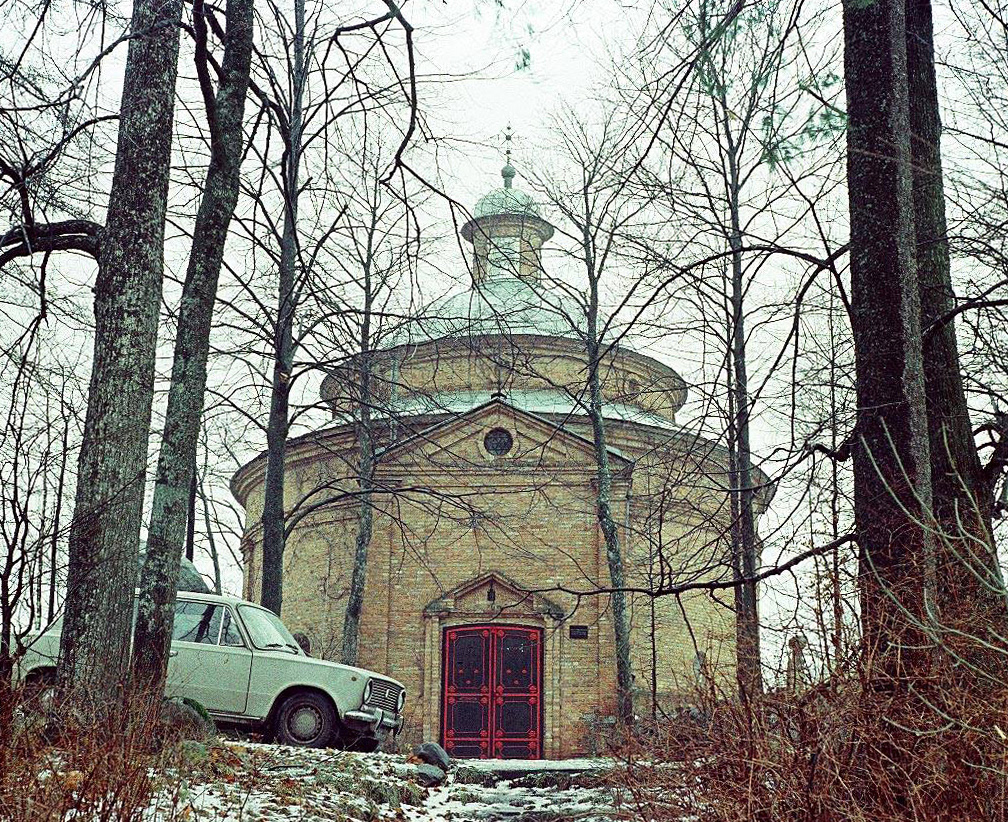
This chapel was my studio in the 80's
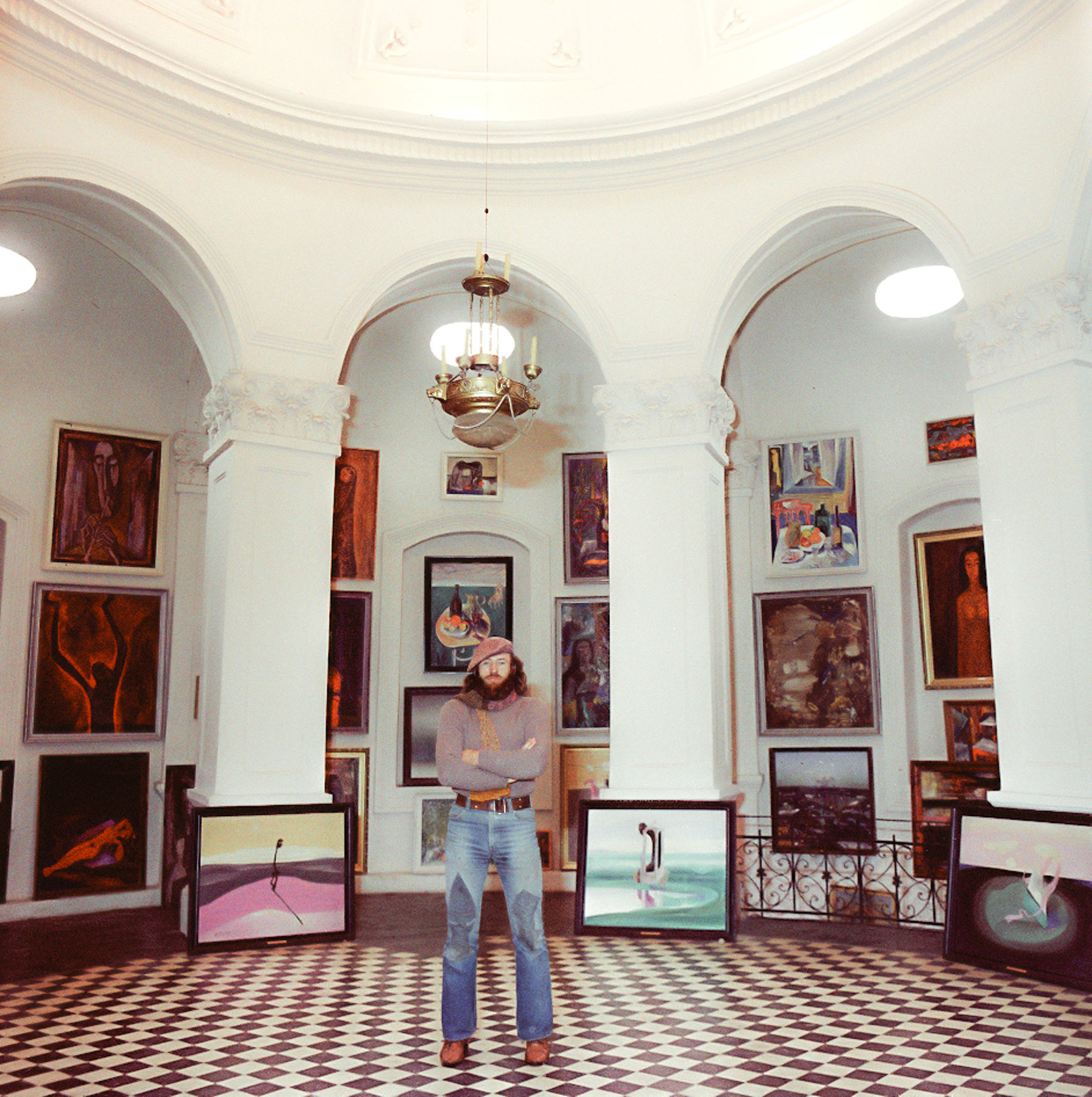
I renovated the chapel-studio with my own hands
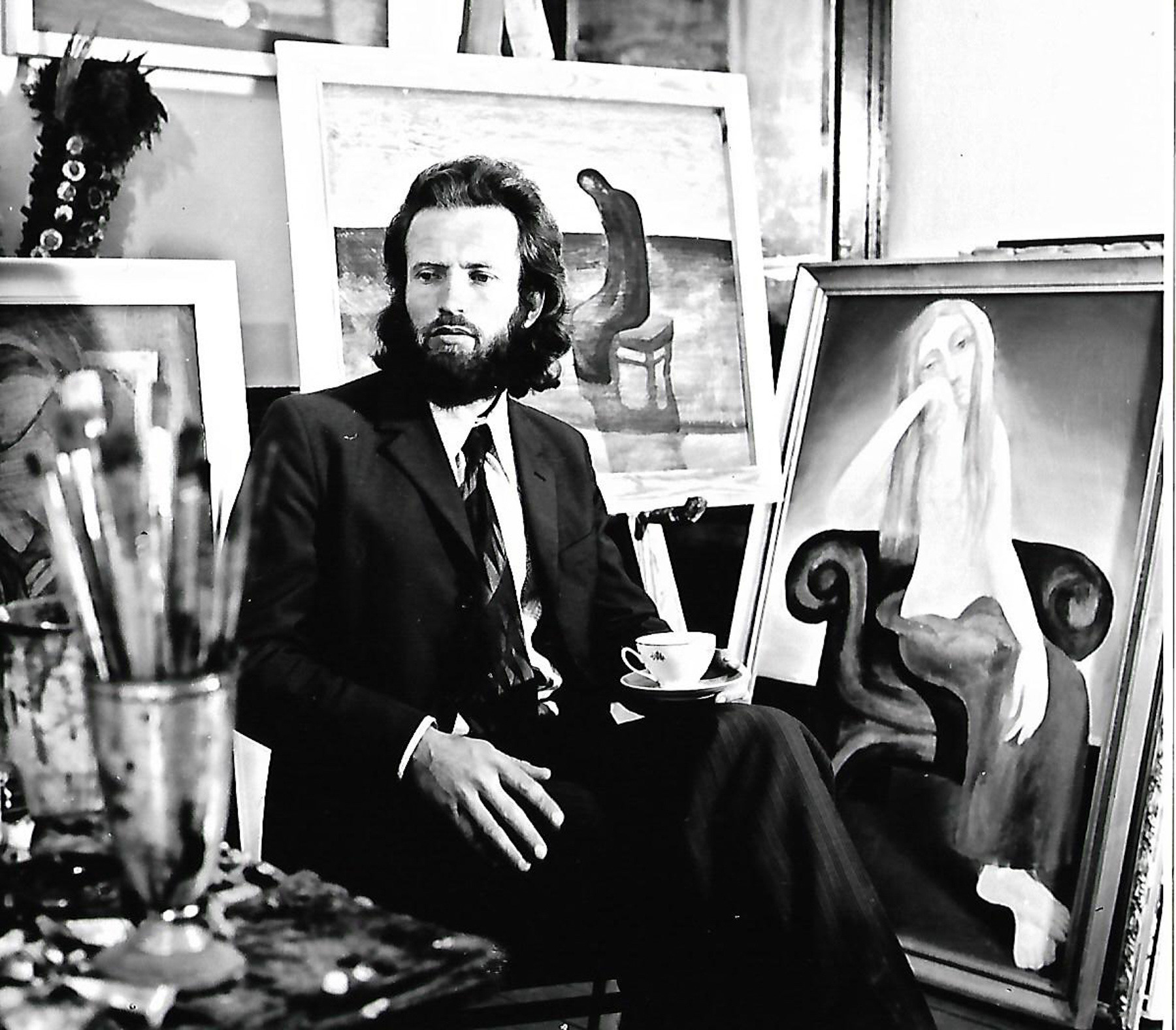
At the studio in Uzupis in Vilnius
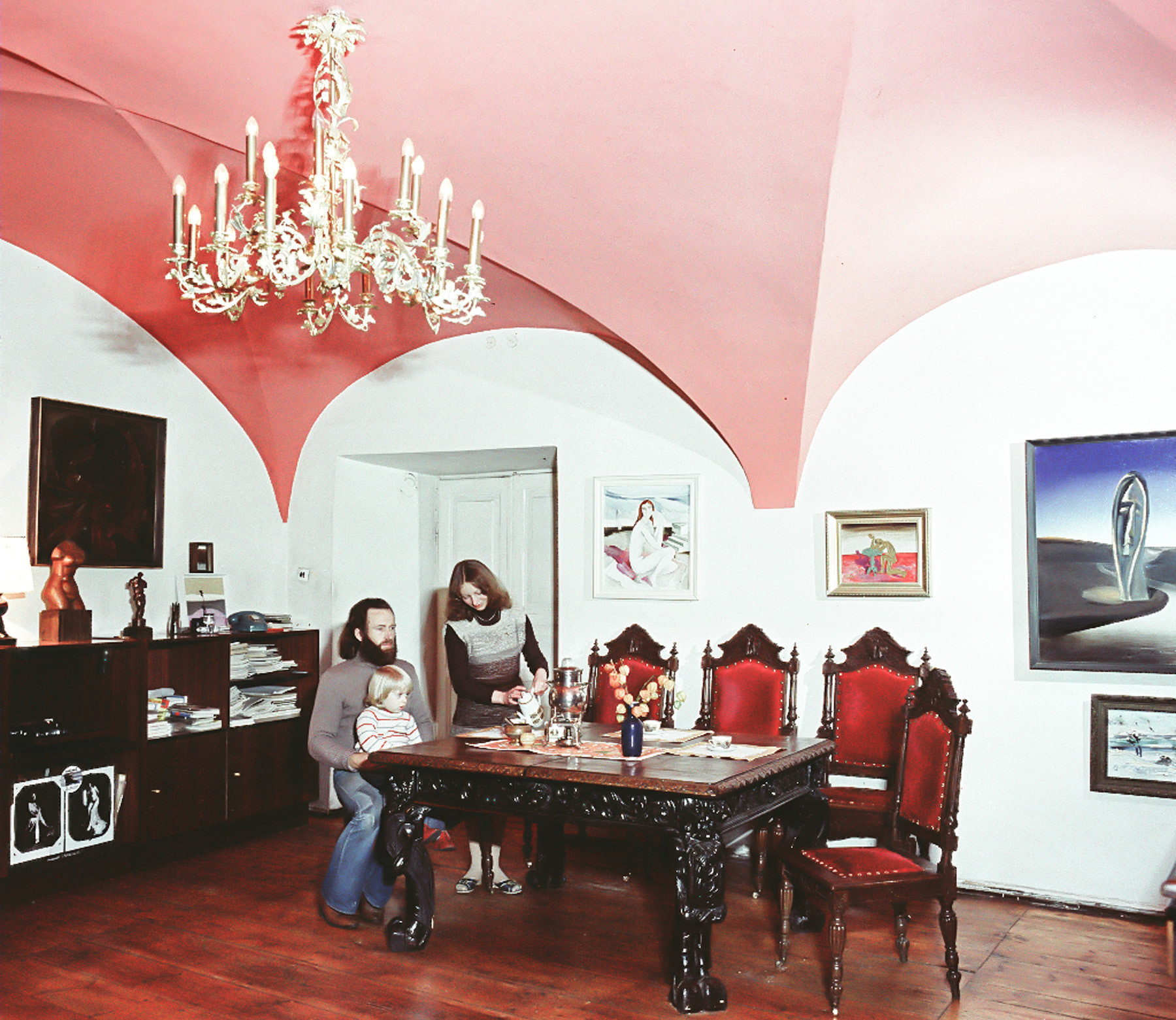
Long time ago, at home with my family
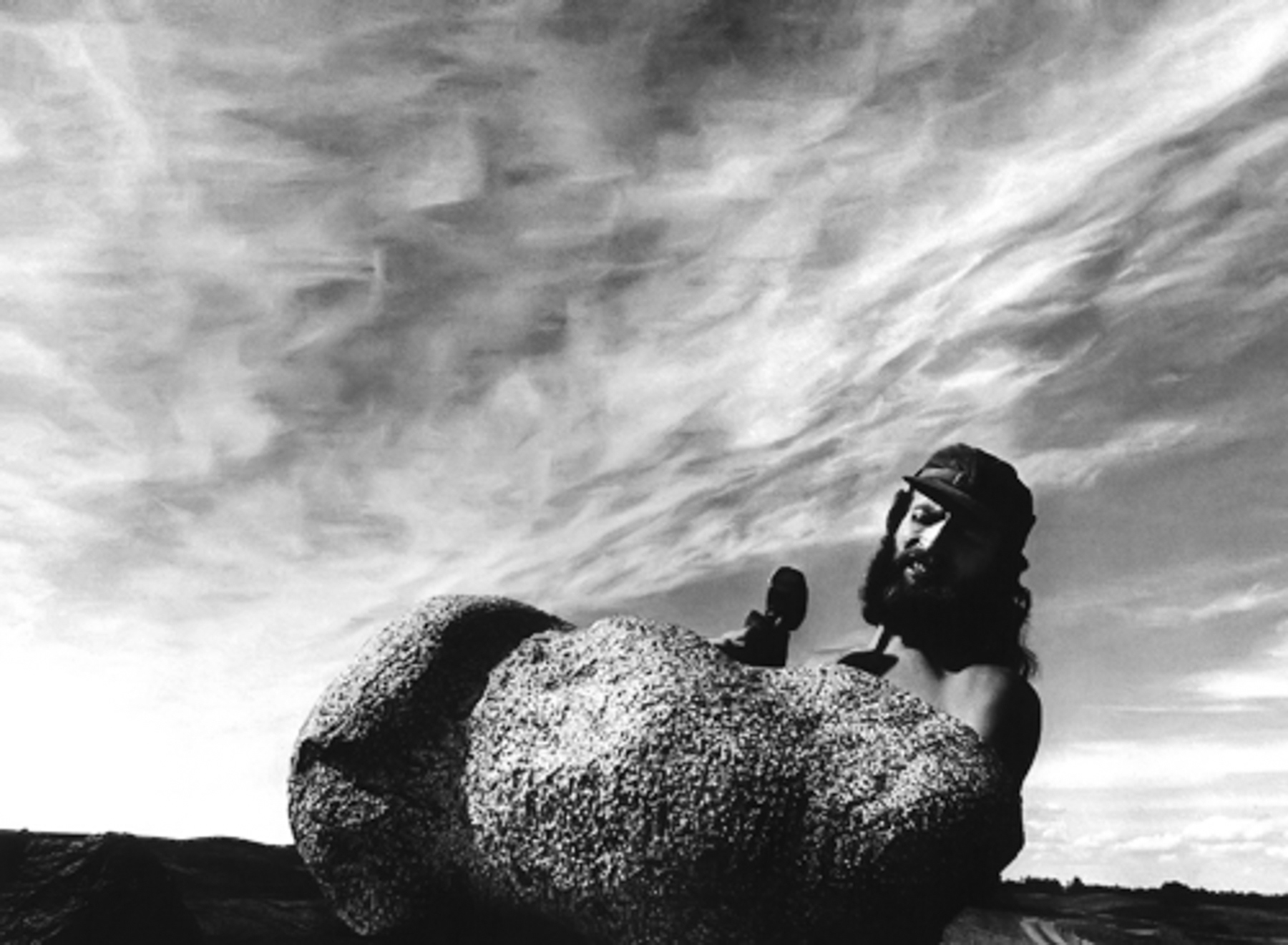
Stone sculpture art was my passion in the young days
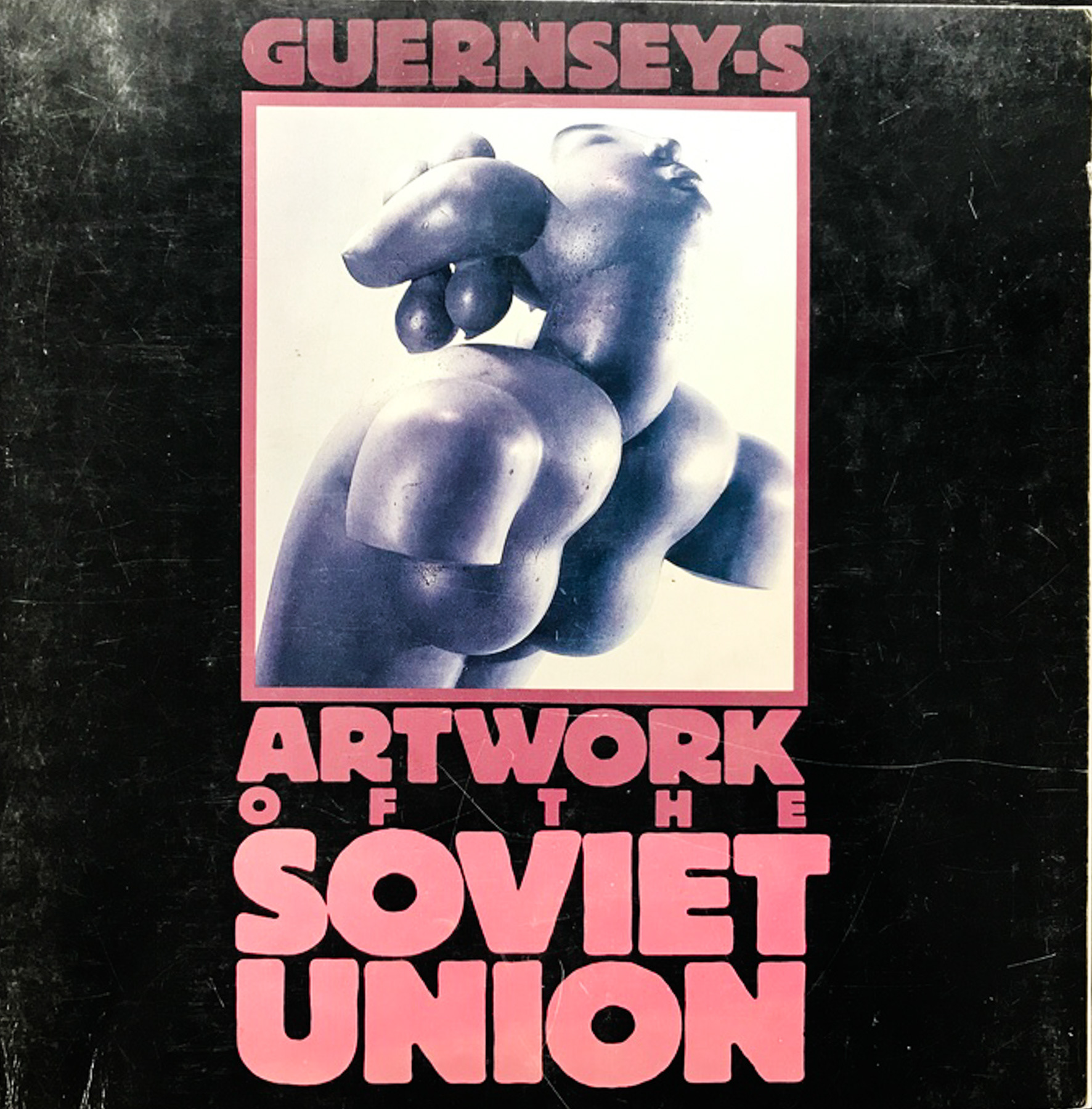
My sculpture on the cover of the auction catalogue
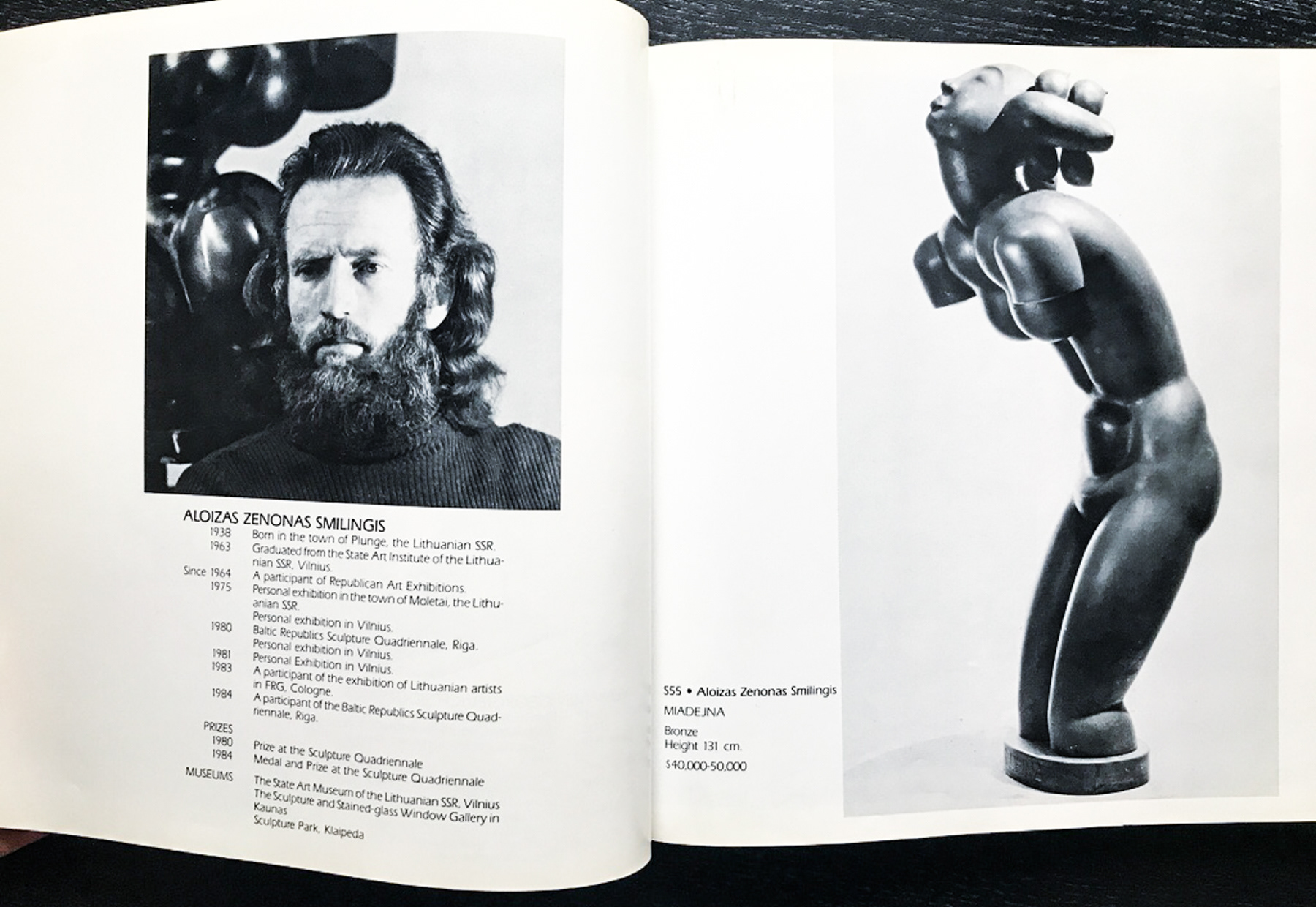
I was among the first artists from USSR to be sold at the auction in USA
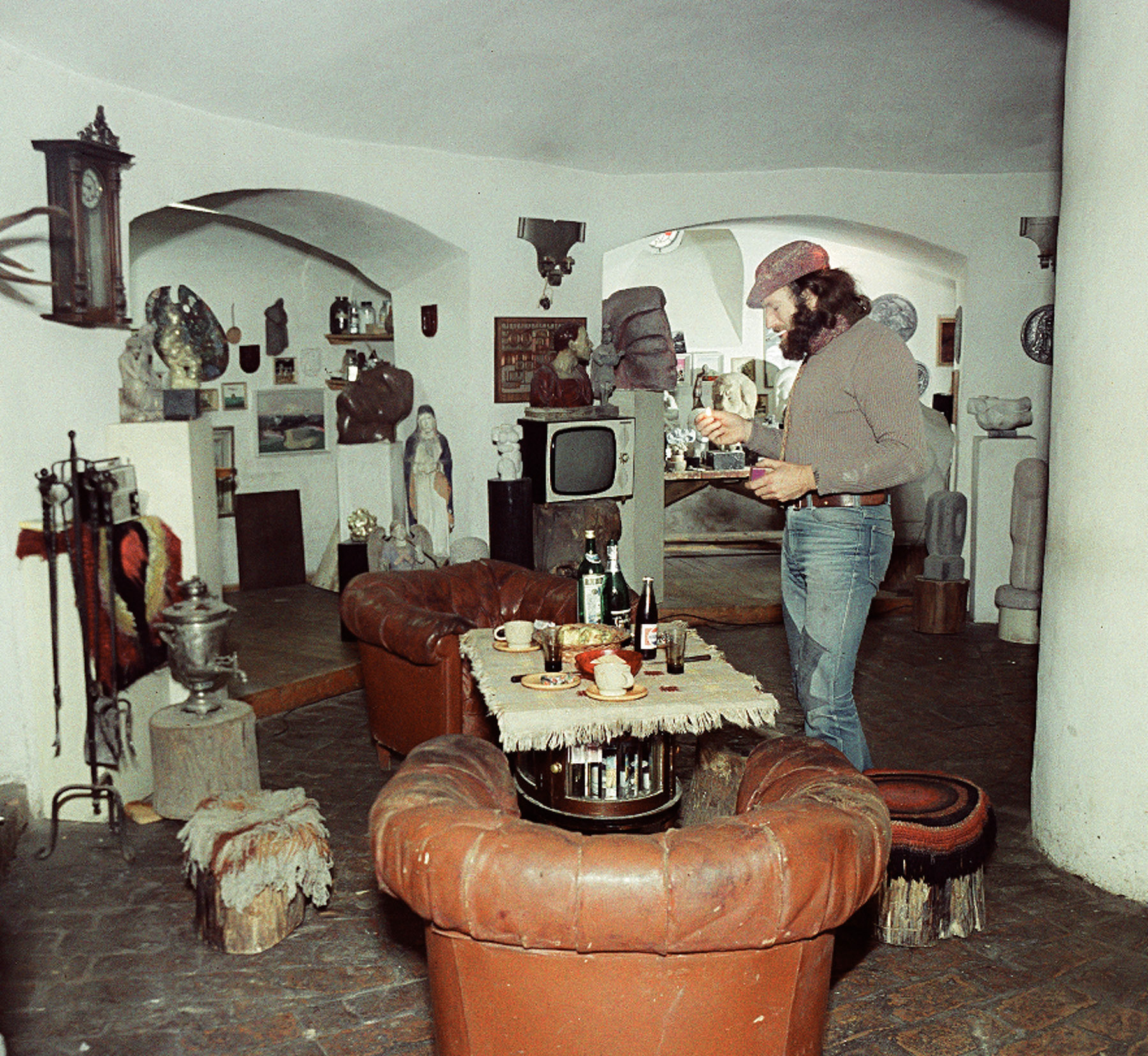
Smoke break at my studio
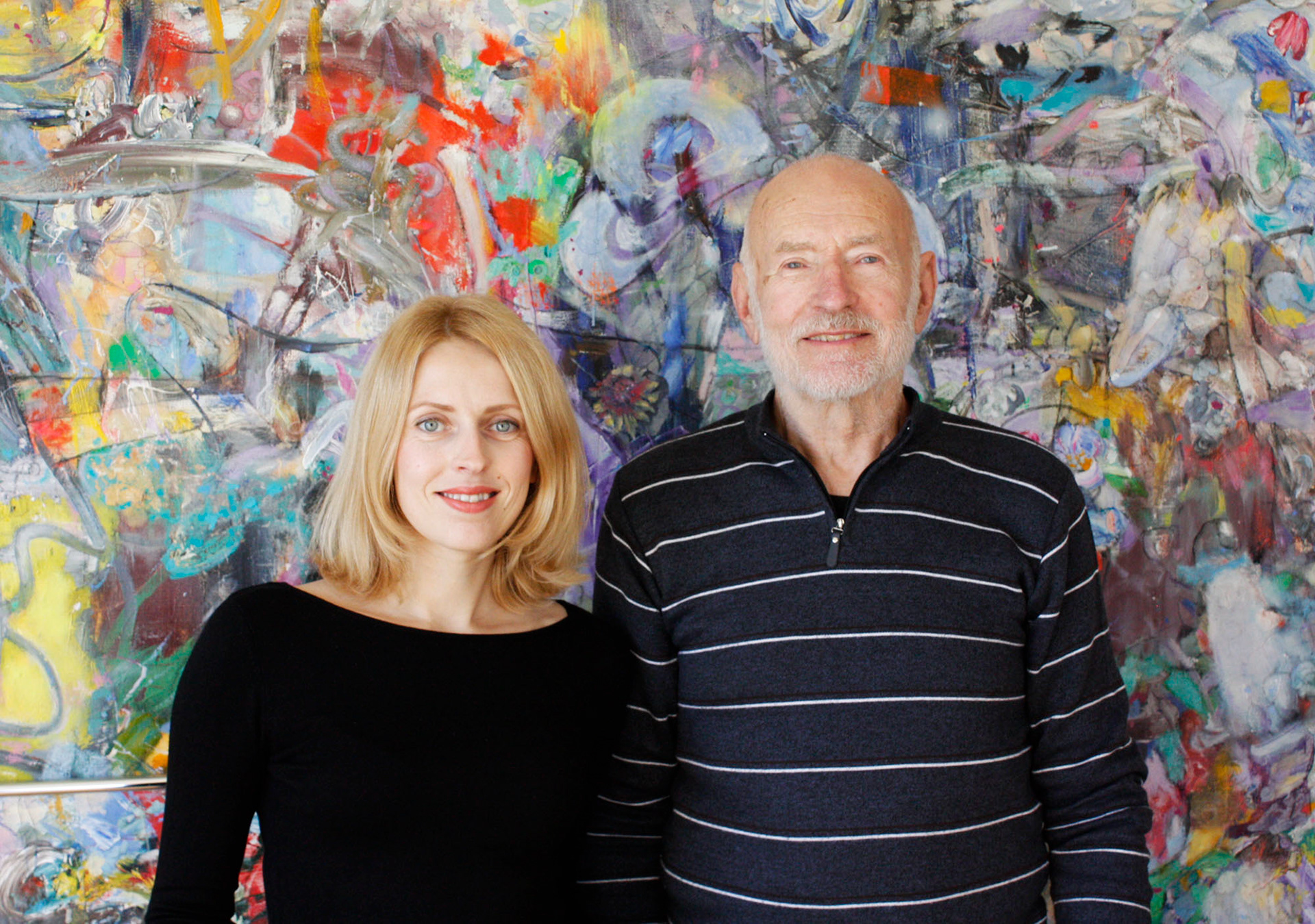
With my daughter and agent Goda
